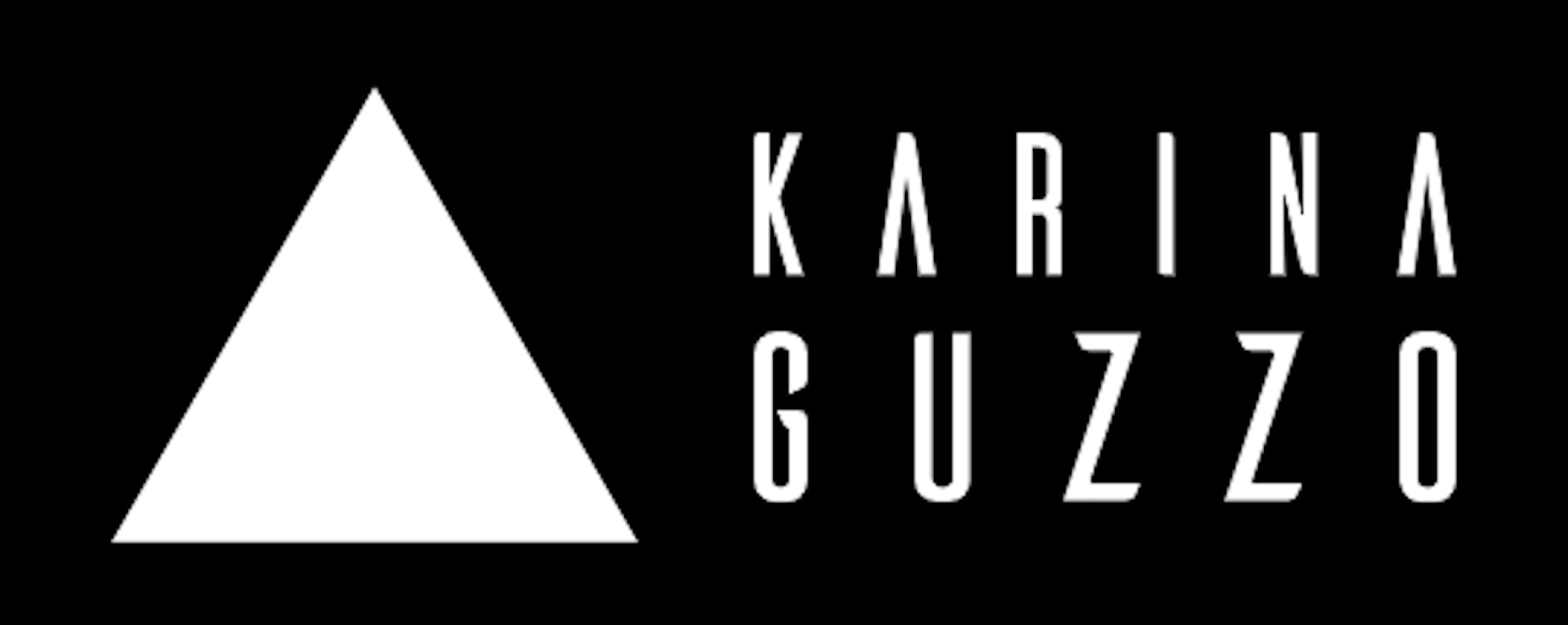Since the beginning, my career has been oriented towards the field of people and culture. When I started my psychology degree and got my first internship in HR (2010), I was fascinated by the universe that opened up, blending business, marketing, and technology with human behaviour. But it was only a few years ago, during my master’s (2019), that I began to take an interest in career management.
The field of Human Resources has similarities with career management, to the extent that a quite natural move for HR professionals, after years of dedication to HR, is to transition to the field of career management. Both deal with the work relationship between individuals and companies, but each has a specific interest and perspective:
- The HR management perspective works for a company. The goal is to get employees to deliver the maximum value to a corporation. To achieve this, they recruit the best employees, train their skills, and motivate them to stay and produce more.
- The career management perspective works for the employees/professionals. The goal is to make companies/clients see the maximum value in them, developing the employability and brand of the individual.
During my master’s, I came across a human resources management author who introduced the term “Protean Career” for the first time. According to Hall (1976), there is a tendency in people to use their own success criteria, usually focusing on self-realization and happiness, as opposed to the values emphasized in the traditional career era where the focus was on external conditions such as salary, hierarchical level, and status. From this perspective, a career is seen as a sequence of lifelong work experiences that enable personal satisfaction and psychological success.
With this career view, Hall (1976) developed the concept of the Protean Career, in analogy to the mythological figure Proteus, who has the ability to change shape at will. People start to value the freedom to develop and find challenges not only in a wide variety of companies but also in all spheres of human experience. The shift toward personal fulfilment is its core value.
In this perspective, a career should be reinvented from time to time and becomes directed by individuals rather than organizations.
The Protean Career requires organizations to have a humanized and flexible management, considering the individual needs and values of each professional. From the professionals’ perspective, it should be seen as one where the individual is responsible for constant improvement, knowledge, self-awareness, as well as the ability to adapt to changes due to personal needs or environmental circumstances.
The Protean Career is shaped by the individual’s own needs, goals, and values, not by organizational structures or received ideas from a company’s professional development programs.
In this historical moment where AI manages a significant portion of operational and repetitive tasks, the Protean Career model becomes even more advantageous. Lifelong learning remains paramount, emphasizing the importance of self-directed and relational learning in facing professional challenges. The essence lies in cultivating a diverse repertoire, where the ability to pose insightful questions outweighs the mere possession of answers, given that AI is readily available to provide them. In the Protean Career, the focus shifts from owning knowledge to mastering the art of questioning, enabling continuous adaptation and a proactive approach to change.
Success factors have changed from:
know-how ———-> learn-how
job security ———> employability
work self ———> whole self
- Work is an important part of your personal identity. For example, you can reinvent yourself and reshape your work and career around family priorities.
- The main goal is always a psychological success: feeling well is a priority. Being well, we solve the rest.
It’s worth arguing, however, that although the Protean Career approach emphasizes that individuals should be responsible for their career development and that people start to seek and value psychological success, not all workers have the necessary requirements to assume a career with these characteristics, as they feel the need for external support (Hall, 2002).
With this perspective and inspiration, I have been developing my own career self-management model based on three pillars:
- Mental health at work and emotional intelligence.
- Productivity: organization, execution, and planning.
- Employability.
The objective is to provide a holistic career self-management system encompassing methodologies, habits, and tools. I’ve been offering this solution for approximately 3 years through weekly meetings, with the process spanning around 1 year for each professional.
This is a dynamic system continually refined through my ongoing learning and experiences. You can explore the framework here.
References:
Enache, M. , Sallan, J. M. , Simo, P. , & Fernandez, V. (2011). Examining the impact of protean and boundaryless career attitudes upon subjective career success. Journal of Management & Organization, 17(4),459-473.
Gerber, M, Wittekind, A, Grote, G, Conway, N. , & Guest, D (2009). Generalizability of career orientations: A comparative study in Switzerland and Great Britain. Journal of Occupational and Organizational Psychology, 82(4),779-801.
Hall, D. T. (1976). Careers in Organizations. California: Goodyear Pub, Pacific Palisades.
Hall, D. T. , & Mirvis, P. H. (1995). The New Career Contract – Developing The Whole Person At Midlife And Beyond. Journal of Vocational Behavior, 47(3),269-289.
Hall, D. T. , & Mirvis, P. H. (1996). Long live the career. In The career is dead – Long live the career; 1-12, San Francisco, Jossey-Bass.
Hall, D. T. , & Moss, J. E. (1998). The new Protean career contract: Helping organizations and employees adapt. Organizational Dynamics, 26(3),22-37.
Hall, D. T. (2002). Careers in and out organizations. London: Sage Publications.
Hall, D. T. (2004). The protean career: A quarter-century journey. Vocational Behavior, 65,1-13
Inkson, K. (2006). Protean and boundaryless careers as metaphors. Journal of Vocational Behavior, 69(1),48-63
McDonald P. , Brown K. , & Bradley, L. (2005). Have traditional career paths given way to protean ones? Evidence from senior managers in the Australian public sector. Career Development International, 10,109-129.


